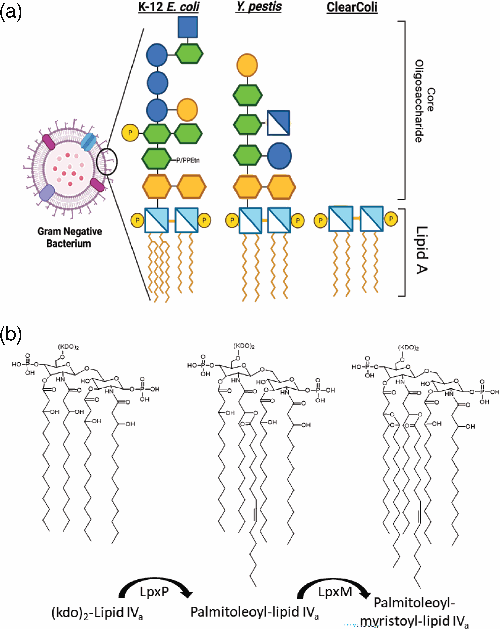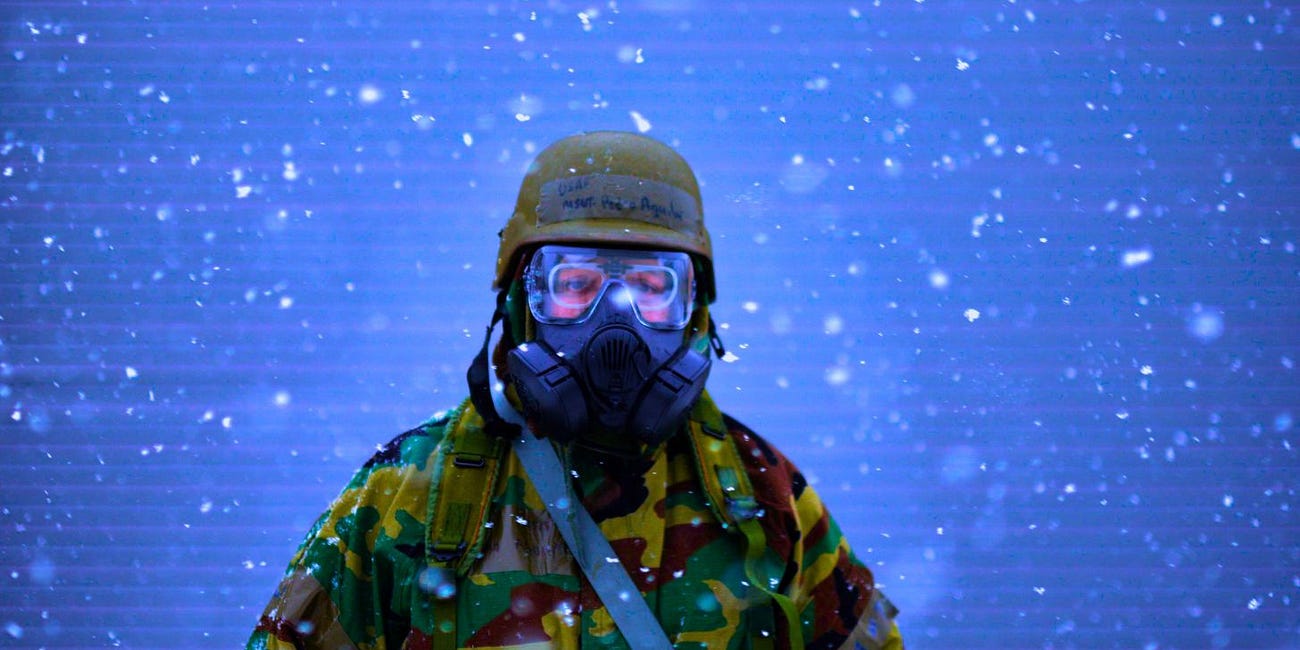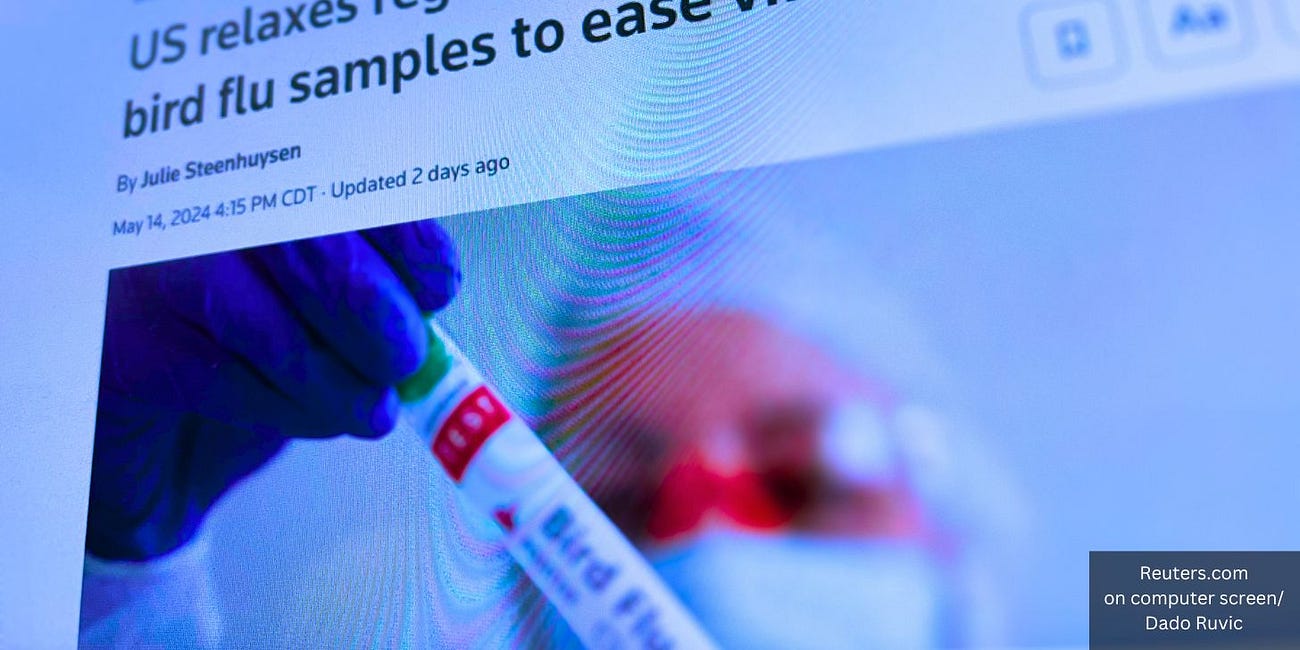After U.S. Military 'Genetically Engineers' Plague DNA Into E. Coli Bacteria, WHO Adds Black Death to New Pandemic Watchlist, Raising 'Bioweapon' Concerns: Journal 'Access Microbiology'
WHO announcement comes just weeks after United States Army Combat Capabilities Development Command Chemical Biological Center publishes DNA editing findings in peer-reviewed journal.
The Black Death plague, bird flu, and monkeypox are among 24 threats that have been added to the World Health Organization’s (WHO) watchlist of the pathogens “that could trigger the next pandemic,” The Telegraph first reported on Tuesday.
“In the first update since Covid-19 swept the planet, a World Health Organisation (WHO) panel has dramatically expanded the scope of its index of so-called priority pathogens,” the report reads.
But the Telegraph failed to inform readers that the U.S. military has been engineering the plague, a potentially life-threatening disease caused by the bacterium Yersinia pestis, in the laboratory using controversial CRISPR (Clustered Regularly Interspaced Short Palindromic Repeats) gene-editing technology.
Follow Jon Fleetwood: Instagram @realjonfleetwood / Twitter @JonMFleetwood / Facebook @realjonfleetwood
These dangerous experiments are detailed in the peer-reviewed journal Access Microbiology.
A study conducted by researchers at the United States Army Combat Capabilities Development Command Chemical Biological Center titled “Towards a Yersinia pestis lipid A recreated in an Escherichia coli scaffold genome” was published less than a month before the WHO added Black Death plague to its new pathogen watchlist.
Scientists Nathan D. McDonald and Erin E. Antoshak used CRISPR/Cas9 genome editing technology to insert Yersinia pestis genes into the Escherichia coli (E. coli) bacteria.
McDonald and Antoshak wanted to add the plague’s genes that code for the bacteria’s outer membrane, particularly the lipopolysaccharide (LPS), to the E. coli bacteria genome.
They explained how the plague bacteria’s outer membrane “plays an integral role” in the pathogen’s “pathogenesis,” namely the process by which a disease develops and progresses in the body.
The study’s abstract reads:
Synthetic biology and genome engineering capabilities have facilitated the utilization of bacteria for a myriad of applications, ranging from medical treatments to biomanufacturing of complex molecules. The bacterial outer membrane, specifically the lipopolysaccharide (LPS), plays an integral role in the physiology, pathogenesis, and serves as a main target of existing detection assays for Gram-negative bacteria. Here we use CRISPR/Cas9 recombineering to insert Yersinia pestis lipid A biosynthesis genes into the genome of an Escherichia coli strain expressing the lipid IVa subunit.
The study affirms the CRISPR technology was used “to genetically engineer” a “mutated strain of E. coli.”
Three Y. pestis genes were inserted “into this E. coli scaffold.”
Although the expected lipid A structure from Y. pestis was not replicated in E. coli, the study authors confirm they successfully inserted the three plague genes into the E. coli genome.
They verified the plague genes’ expression using RT-PCR (Reverse Transcription Polymerase Chain Reaction), a laboratory technique that converts RNA into DNA and amplifies it to measure gene expression levels.
“We successfully inserted three genes: kdsD, lpxM, and lpxP into the E. coli genome and demonstrated their expression via reverse transcription PCR (RT-PCR),” the authors write. “Despite observing expression of these genes, analytical characterization of the engineered strain’s lipid A structure via MALDI-TOF mass spectrometry indicated that the Y. pestis lipid A was not recapitulated in the E. coli background.”

You can download the full study below:
Funding for the project was provided by the U.S. Army via the In-house Laboratory Independent Research Programme (PE 0601101A Project 91A) at the Combat Capabilities Development Command (DEVCOM) Chemical Biological Centre.
The project has facilitated past experiments on E. Coli DNA.
A study published online in March 2022 in ACS Synthetic Biology titled “Putative Phenotypically Neutral Genomic Insertion Points in Prokaryotes” was funded by the same military program.
That study developed an algorithm to identify neutral sites in E. coli genomes where new DNA can be inserted without disrupting the organism’s normal functions.
Follow Jon Fleetwood: Instagram @realjonfleetwood / Twitter @JonMFleetwood / Facebook @realjonfleetwood
Moreover, in the 1960s, the U.S. biological warfare research programs were actively attempting to “weaponize” the plague, according to a 2009 paper by researchers from the Department of Medical Microbiology and Immunology at George Mason University National Center for Biodefense and the University of Toronto.
The paper noted how a World Health Organization (WHO) expert committee on biological warfare “warned of the dangers of plague as a weapon, noting that the causative agent was highly infective, that it could be easily grown in large quantities and stored for later use, and that it could be dispersed in a form relatively resistant to desiccation and other adverse environmental conditions.”
The publication also explained that U.S. military scientists had failed in their attempts to weaponize plague “because they were unable to produce sufficient quantities of Y. pestis in stable form.”
At this point, it’s important to understand that scientists commonly use E. coli—into whose genome the U.S. military has now successfully inserted plague DNA—to mass-produce various substances, such as proteins, enzymes, and other biological materials.
E. coli is a popular host for producing these substances because it grows quickly, is easy to manipulate genetically, and can be engineered to produce large quantities of a desired product.
In World War II, for example, the Japanese military “experimented with plague in human subjects at their clandestine biological research facilities in Manchuria, and on several occasions dropped Y. pestis-infested fleas from low-flying planes on Chinese civilian populations, causing limited outbreaks of bubonic plague and initiating cycles of infection in rats,” the 2009 George Mason University and University of Toronto paper confirms.
Dr. Richard Bartlett, who popularized using Budesonide to treat COVID-19 symptoms, compares the new plague experiments to the COVID virus, alleged to be a bioweapon created with the involvement of China and funded by U.S. taxpayer dollars.
“COVID-19 is responsible for over 1 million deaths in the U.S., according to the official count,” Dr. Bartlett told this website. “COVID-19 is a weapon of mass destruction. The reason we invaded Iraq was because of potential weapons of mass destruction.”
COVID “was created in a bioweapon lab in an enemy state, with the involvement of the People’s Liberation Army of Communist China, according to the FBI and the Department of Energy. It indiscriminately killed civilians, which is a war crime. It was funded by U.S. taxpayer dollars, according to evidence presented by Senator Rand Paul on the Senate floor.”
“The fact that the plague has actually been used on civilians during World War II by dropping fleas infected with the plague is a war crime. It is not a theory that the plague has been employed as a bioweapon. The plague has been in the arsenal of militaries around the world for decades,” Bartlett added.
The 30-year Texas emergency room physician is worried by the reality that the Army’s newly published black death experiments show “the U.S. military engaging in gain-of-function genetic engineering with the plague,” and that “one month later, in August 2024, the WHO added the plague to the list of potential threats to humanity.”
“For decades, it has been understood by the American people that there are enough nuclear weapons to wipe out all of humanity many times over,” he said. “According to the Biological Weapons Convention treaty of the UN in 1975, it is an international crime to create or stockpile bioweapons. Bioweapons, chemical weapons, and nuclear weapons are all weapons of mass destruction that have been employed against civilians.”
Follow Jon Fleetwood: Instagram @realjonfleetwood / Twitter @JonMFleetwood / Facebook @realjonfleetwood
Vaccines Are DOD 'Bioweapons': Global Conspiracy Using Public Health to 'Kill Lots of People' Constitutes 'War Crimes' (Video)
In a series of troubling assertions, Katherine Watt of Bailiwick News, a writer and paralegal, alleges that a global campaign is being conducted under the guise of public health measures, aimed at population control and mass harm.
Treaty 'Loophole' Allows World Governments to Develop Deadly Bioweapons Like COVID and Corresponding Vaccines: Yale Professor (Video)
The ‘Convention on the Prohibition of the Development, Production and Stockpiling of Bacteriological (Biological) and Toxin Weapons and On Their Destruction,’ known as the “Biological Weapons Convention” (BWC), was opened for signature in April 1972 and took effect in March 1975.
American Bioweapons: Then & Now
The United States had an extensive offensive biological weapons program stretching back at least to World War II and the Cold War era.
New H5N1 Bird Flu Strain May Have Come from U.S. Biolab: McCullough Study Corroborates Earlier JonFleetwood.com Reports
A recent preprint paper authored by Nicolas Hulscher, John Leake, and Dr. Peter McCullough proposes that…
U.S. 'Relaxes' Biolab Regulations for Handling Deadly Pathogens Despite Ex-CDC Chief's Bird Flu Pandemic Warning
The United States has “temporarily relaxed strict guidelines” for handling, storing, and transporting dangerous H5N1 bird flu samples, following a request from the Association of Public Health Laboratories (APHL), a U.S. government-funded nonprofit membership organization.












Oh Shit! “Special Antibiotics”!
Someday we will all be killed by these yo yo's :/